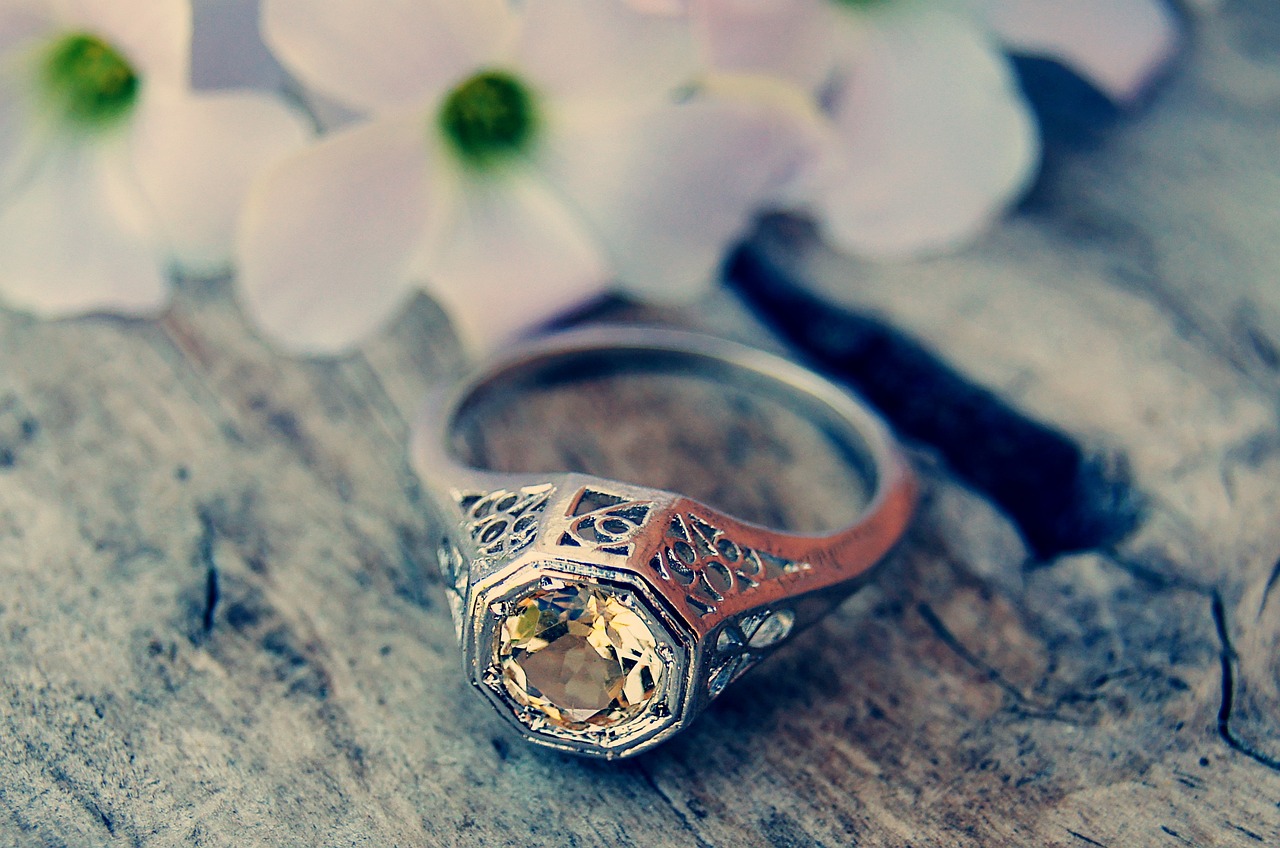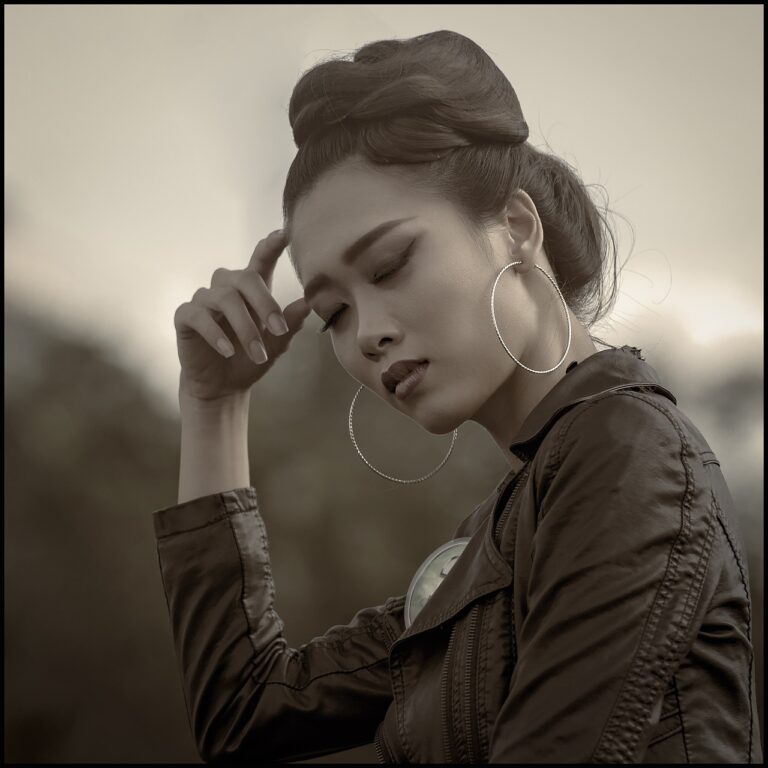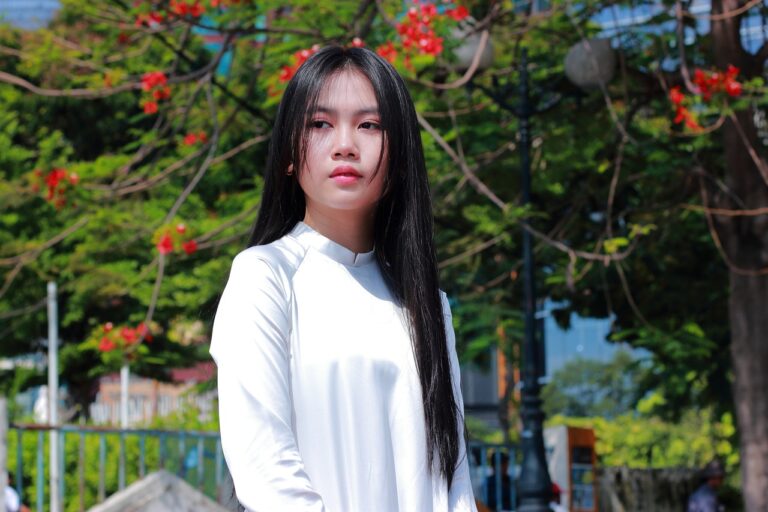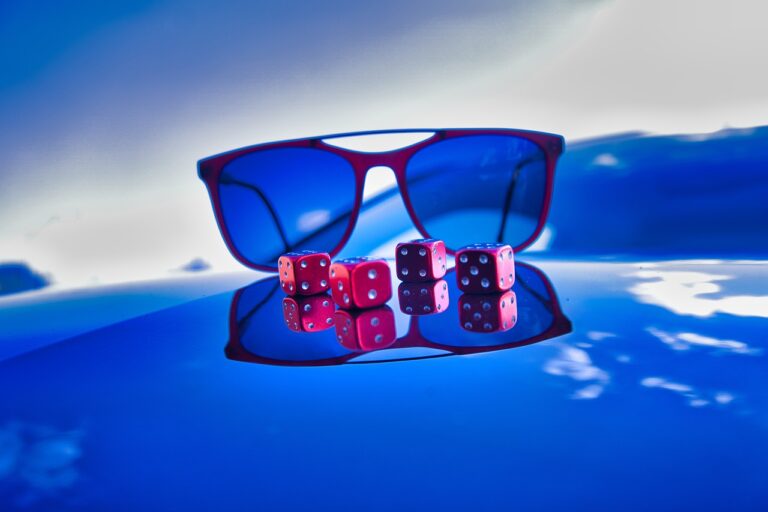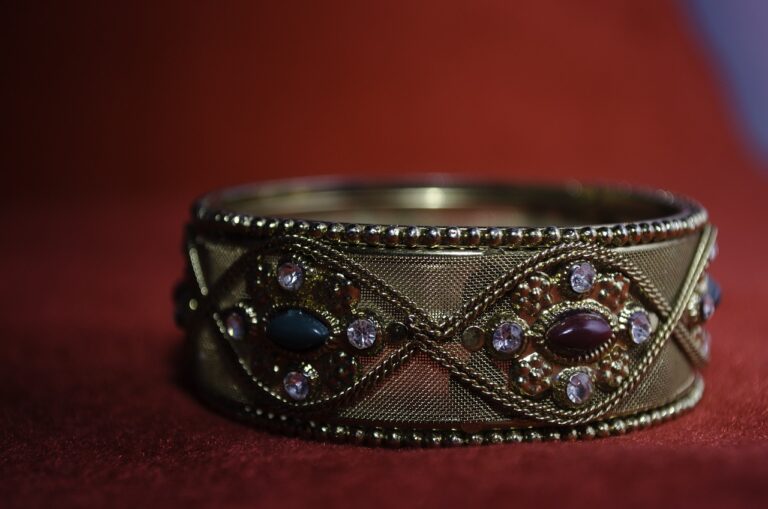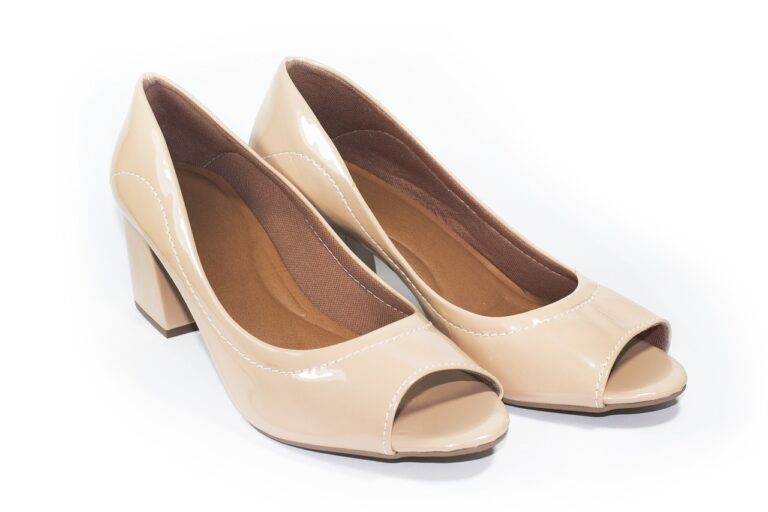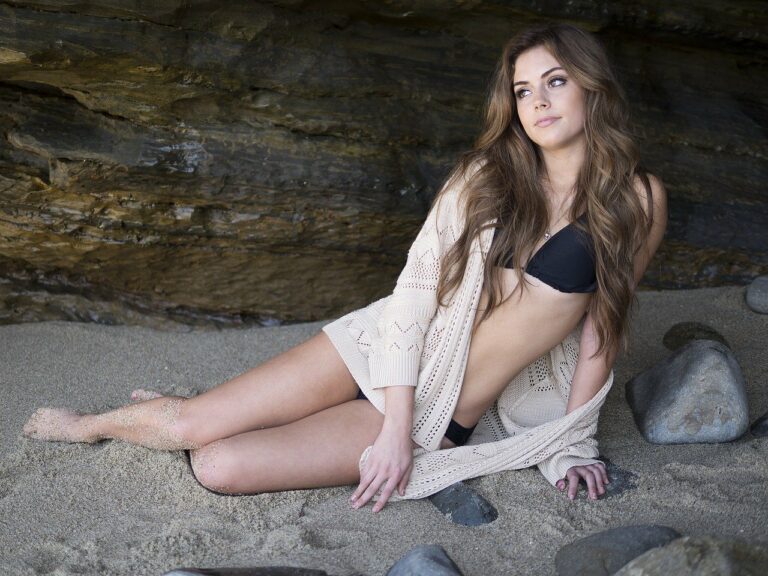Fashion in Art: Exploring the Intersection of Visual Arts and Style
Art movements have long been a source of inspiration for fashion designers, with the styles and themes of various art movements directly influencing the trends in the fashion industry. For example, the bold colors and geometric shapes of the Cubist movement have been translated into modern fashion pieces that exude a sense of artistic flair and avant-garde appeal. Similarly, the romanticism and whimsy of the Pre-Raphaelite movement have found their way into the delicate fabrics and ethereal silhouettes of many contemporary fashion collections.
By drawing upon the rich history and innovative techniques of art movements, fashion designers are able to create unique and captivating pieces that resonate with a sense of creative expression and cultural significance. From the opulence of the Baroque era to the clean lines of the Bauhaus movement, the fusion of art and fashion continues to drive the evolution of style and aesthetics in the modern world. The dynamic interplay between art movements and fashion trends highlights the enduring influence of artistic creativity on the way we dress and present ourselves to the world.
The Evolution of Fashion Illustration in Visual Arts
In the realm of visual arts, the evolution of fashion illustration has played a crucial role in capturing the essence and nuances of various fashion trends over the years. From the intricate sketches of haute couture designs to the bold and vibrant illustrations of street style, fashion illustration has continually pushed the boundaries of creativity and expression.
With the advent of digital technologies, fashion illustrators have embraced new tools and techniques to bring their visions to life. The fusion of traditional hand-drawn illustrations with digital artistry has led to a dynamic and diverse range of styles in fashion illustration. Illustrators now have the freedom to experiment with different textures, colors, and effects, resulting in visually captivating and innovative representations of fashion aesthetics.
The Role of Fashion Designers in Collaborations with Artists
Fashion designers are increasingly collaborating with artists to create unique and innovative designs that blur the lines between fashion and art. These collaborations bring together the creative talents of both parties, resulting in pieces that not only reflect current trends but also push the boundaries of traditional design. By partnering with artists, fashion designers are able to infuse their collections with a sense of creativity and individuality that sets them apart from the rest.
Through these collaborations, fashion designers are able to tap into a different form of inspiration and incorporate elements of fine art into their designs. Artists often bring a fresh perspective and unique aesthetic to the table, which can lead to truly original and captivating pieces that resonate with consumers on a deeper level. By joining forces with artists, fashion designers are able to create collections that are not only visually stunning, but also tell a compelling story that goes beyond mere clothing.
• Fashion designers collaborate with artists to create unique and innovative designs
• Collaborations blur the lines between fashion and art, pushing boundaries of traditional design
• Partnerships bring together creative talents of both parties to reflect current trends
• Artists infuse collections with creativity and individuality, setting them apart from others
Through these collaborations, fashion designers are able to tap into a different form of inspiration and incorporate elements of fine art into their designs. Artists often bring a fresh perspective and unique aesthetic to the table, which can lead to truly original and captivating pieces that resonate with consumers on a deeper level. By joining forces with artists, fashion designers are able to create collections that are not only visually stunning but also tell a compelling story that goes beyond mere clothing.
How do art movements influence fashion trends?
Art movements such as Surrealism or Pop Art can inspire fashion designers to create collections with unique patterns, colors, and designs that reflect the aesthetic of the movement.
How has fashion illustration evolved in visual arts?
Fashion illustration has transitioned from traditional hand-drawn sketches to digital art, allowing for more creativity and experimentation in showcasing clothing designs.
What is the role of fashion designers in collaborations with artists?
Fashion designers often collaborate with artists to create unique collections that combine the artistic vision of the artist with the designer’s expertise in creating wearable clothing pieces. This collaboration can result in innovative and visually striking fashion creations.

